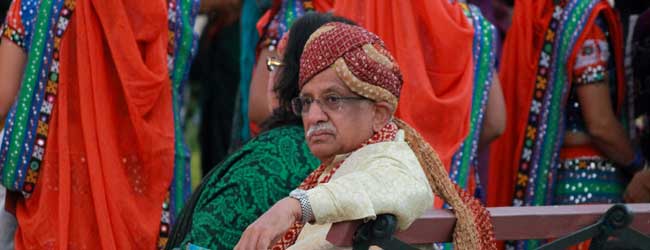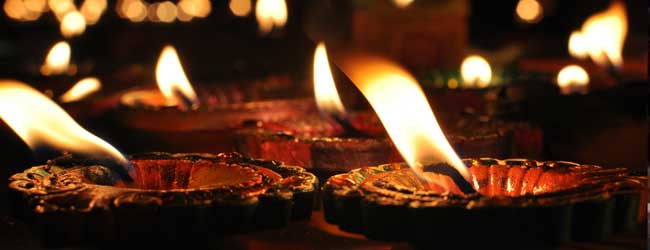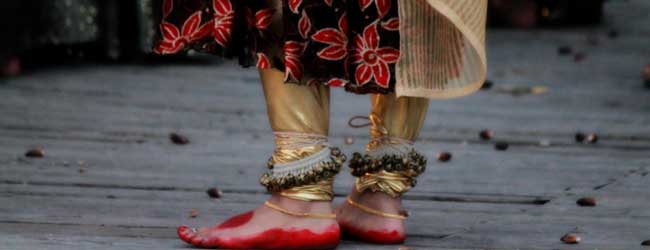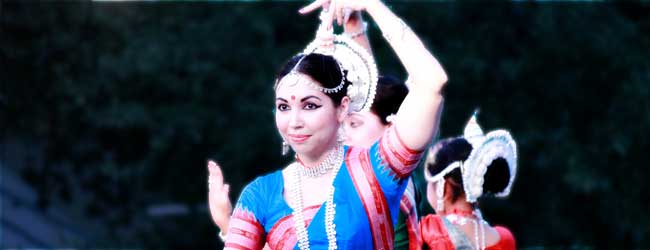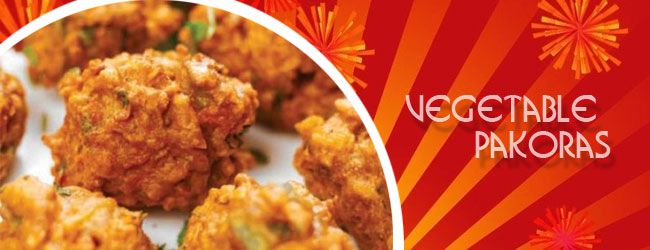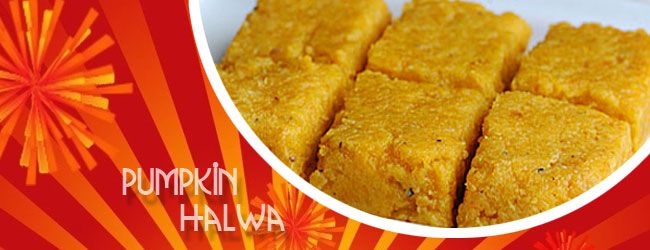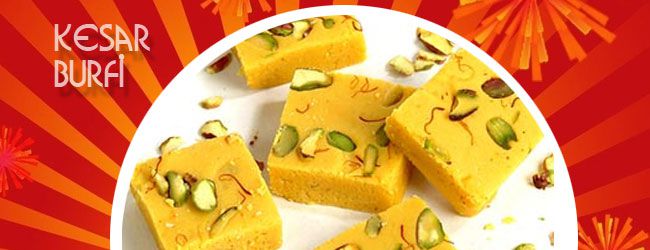Hinduism is celebratory by nature. Hindus miss no opportunity to set mundane matters aside and join with family, friends, neighbors and strangers alike to feast and have fun, to renew the home and the heart and, most importantly, draw nearer to God.
Festivals are perhaps more impressive and varied in Hinduism than in any other religion. The devout Hindu knows these are times of profound mysticism, when God and the gods touch our world, revitalize our souls, lighten karmas and bless our families. Yet festivals do even more than this: they are essential to the perpetuation of religion, periodically reigniting the spark of zeal and devotion in the community. They provide the spiritual public square where Hindus engage with one another, affirming shared values and enjoying life’s intersections.
Before each celebration, vows are taken, scriptures are studied, pilgrimages are trodden and fasts observed in preparation–all individual acts of intimate devotion that bring the devotee closer to the Gods and keep him on the path to his inmost Self. As each festival begins, solitary adoration becomes a collective ritual, with millions of people taking their places in an ad-hoc choreography. Tradition is followed but the result is never the same; every festival is special and unforgettable in its own way.
Thus the Hindu is reminded of his faith by the sounds, scents and the wild medley of tastes laid out for the feast. His mind and emotions are imbued with Hinduism as sacred mantra prayers are intoned, the spiritual teachings are recounted by saints and the gods are praised in melodious bhajans.
Each state of India, indeed each village, lends a little of its unique culture to how a festival is celebrated, creating almost endless variations. But recently, with the growing Hindu population outside of India, festivals have acquired an international dimension. They provide a window into Hinduism for the non-Hindu populations in countries as far flung as Norway, Chile and Canada. At the same time, for Hindus immersed in foreign and often very alien cultures, festivals are the most visible and memorable sign of their heritage. Celebrated with unmatched fervor but with paced regularity, festivals serve as a reminder of one’s identity and allegiance to Hindu traditions and ideals.
What could be more entertaining, alive, vibrant and yet pious and rich in symbolism than a Hindu festival? Professor Dr. Shiva Bajpai remarked that it is through festivals that most Hindus experience their religion: “Festivals, pilgrimages and temple worship are the faith armor of Hindus.”


